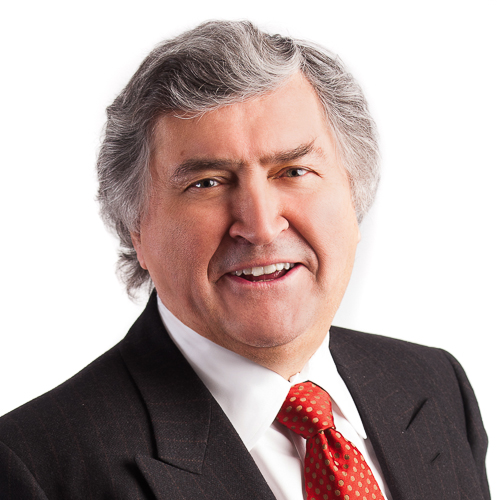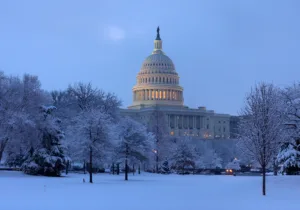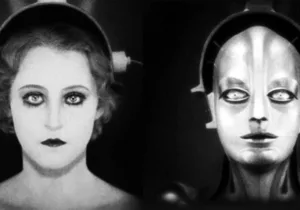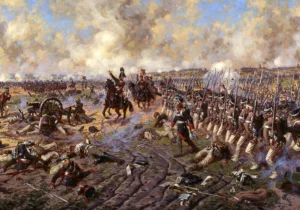Robert Kagan’s “The strongmen strike back” is remarkable in several ways. One is that the Washington Post chose to devote nearly 10,000 words of its valuable journalistic real estate to the article. Another is that Kagan, who has usually been a careful analyst of politics and is aware not only of trends but also of contingencies, has here descended to an ideological analysis that borders on caricature.
His burden is to show that “liberalism”—or the “liberal democratic world,” “the liberal world,” or “the “liberal idea”—is under threat, both from without and within. The threat is from “authoritarianism,” or “autocratic” or “traditional” forces, categories that he seems to equate with one another. These forces purportedly reflect “life before the liberal idea,” a life in which “people were not free to think or worship as they wished.”
His approach is deeply Manichaean and almost messianic: “Only with the advent of Enlightenment liberalism did people begin to believe that the individual conscience, as well as the individual’s body, should be inviolate and protected from the intrusions of state and church.” “Liberalism is all that keeps us, and has ever kept us, from being burned at the stake for what we believe.”
Despite this extravagant claim that liberalism alone can anchor any decent human life, Kagan does not tell us what liberalism is. His closest approach is to suggest that nations that are liberal have “permanent institutions and unchanging norms that protect the ‘unalienable’ rights of individuals against all who would infringe on those rights, whether the state or the majority.”
However, in common parlance, liberalism has several distinct meanings, some of which are at variance with one another. Five contemporary senses are: 1. A body of historical political thought that has figures such as John Locke and John Stuart Mill as exemplars. 2. The non-socialist American left. 3. The market-oriented European right. 4. A particular trend in American political thought in the last five decades associated with figures such as John Rawls, Ronald Dworkin, and Richard Rorty, as distinct from “communitarian” philosophers such as Michael Sandel, Michael Walzer, and Charles Taylor. 5. Democratic, constitutional, rule-of-law regimes that protect human rights (as in “liberal democracies”).
Kagan usually emphasizes the fifth of these—liberal democracy—but he appears to conflate these multiple meanings and treats them largely as one. The result is that a person who, for example, is unimpressed by Rawlsian thought is implied as rejecting liberal democracy tout court. Hence, his list of liberalism’s enemies is extensive. Its external enemies are, inter alia, Presidents Xi Jinping, Vladimir Putin, and Recep Tayyip Erdoğan, as well as the regimes in Hungary and Poland, while its internal enemies are Donald Trump, Mike Pompeo, and even William Buckley, as well as those with reservations about contemporary sexual mores. They are generally all accused of authoritarianism, nationalism, and even racism. Strangely, Patrick Deneen’s Why Liberalism Failed is not mentioned.
However, even his favored term liberal democracy in fact describes a range of states and parties that do not conform to Kagan’s additional identification of liberalism with contemporary individualism and secularity.
For example, one of his positive exemplars of liberalism is Angela Merkel. But Merkel actually heads a government anchored by the Christian Democratic Union and the Christian Social Union. Such Christian Democratic parties are common in Europe and Latin America and have been influential in, inter alia, providing an ameliorating effect on left and right ideologies. They are committed to individual rights and usually to a social market, but are also concerned with social solidarity and the preservation of the family. They could certainly be described as liberal in sense five above, but not necessarily in other senses.
This tendency showed itself not only in the formation of the European Union but also in the drafting of the Universal Declaration of Human Rights. The Declaration is often portrayed as a triumph of liberalism tempered by some socialist concessions, but it reflects a number of particular Christian influences, especially views of natural law. The author who compiled the first drafts of the Declaration, Canadian diplomat John Humphrey, later recalled that debates on the document were dominated by “Catholics and communists, with the latter a poor second.”[1]
Kagan’s portrayal of history is also frequently sectarian. He describes contemporary notions of rights and religious freedom as springing from another poorly defined abstraction—the “Enlightenment.” But the notion of natural right was developed in eleventh- and twelfth-century canon law, and religious defenses of religious freedom were being propounded centuries before the Enlightenment.[2]
He credits the Enlightenment with protecting rights, especially of individual conscience, but neglects to note the authoritarianism that also developed from rights ideas, and which now seem to be reappearing. Richard Tuck argues forcefully that “most strong rights theories have been explicitly authoritarian rather than liberal. Hobbes is representative, not exceptional.”[3] Kagan also passes over the depredations of French revolutionary and Napoleonic enforcement of Enlightenment ideas.
Kagan does allude to more nuanced and historically coherent reasons why there are now many worries about liberalism in the senses of 1–4 above. He notes, “George F. Will once observed, the ‘severely individualistic values’ and ‘atomizing social dynamism’ of liberal capitalism invariably conflict with the traditions of community, church and other institutions that conservatives have always valued.” He states that “humans do not yearn only for freedom. They also seek security—not only physical security against attack but also the security that comes from family, tribe, race and culture.” However, even here his lists can be invidious, concatenating very disparate things: valuing family or culture is very different from privileging tribe or race.
But he is aware of these issues and confesses that “liberalism has no particular answer to these needs.” However, if this is the case, it signifies that, on its own, Kagan’s version of liberalism does not have the internal resources to maintain the “permanent institutions and unchanging norms that protect the ‘unalienable’ rights of individuals” that lie at its core. Perhaps then, instead of a blanket condemnation, he should welcome those who treasure both individual rights and also wish to draw on additional resources that will maintain families and cultures and well-founded liberalism.
Paul Marshall is Wilson Professor of Religious Freedom at Baylor University, a senior fellow at the Hudson Institute and the Religious Freedom Institute, and a contributing editor of Providence.
Photo Credit: By mikeric, via Flickr.
[1] John P. Humphrey, Human Rights and the United Nations: A Great Adventure (Dobbs Ferry, New York: Transnational Publishers, 1984), 65–66.
[2] See, for example, Robert Louis Wilken, Liberty in the Things of God: The Christian Origins of Religious Freedom (New Haven: Yale University Press, 2019). See also Larry Siedentop, Inventing the Individual: The Origins of Modern Liberalism (London: Penguin, 2014).
[3] Richard Tuck, Natural Rights Theories: Their Origin and Development (Cambridge: Cambridge University Press, 1979), 3.







 Sponsor a student for Christianity & National Security 2024
Sponsor a student for Christianity & National Security 2024